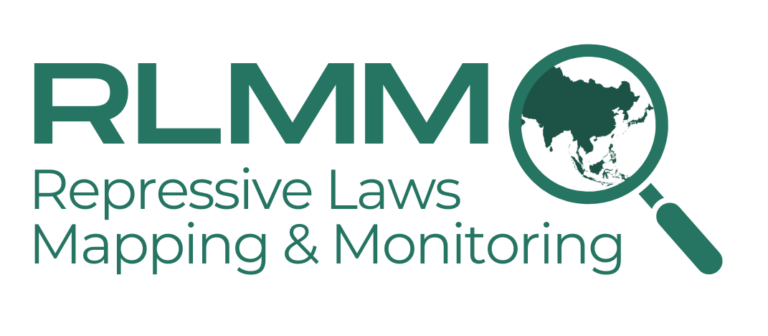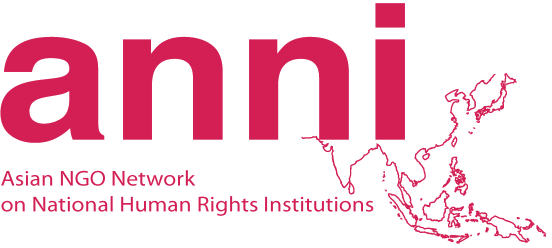The Human Rights Documentation Unit (HRDU) is pleased to
announce the release of the Burma Human Rights Yearbook 2008, marking
the 15th anniversary
of the publication.
(Source: Burma Digest, 23 November 2009)
(BANGKOK,
THAILAND) The Human Rights Documentation Unit (HRDU) is pleased to
announce the release of the Burma Human Rights Yearbook 2008, marking
the 15th anniversary
of the publication. At 1,092 pages in length and comprised of
approximately half a million words in 21 separate thematic chapters,
the Burma Human Rights Yearbook 2008 represents
the single largest, most comprehensive and most inclusive report ever
compiled meticulously detailing the appalling human rights situation in
Burma.
The
year 2008 proved to be a critical year in Burma's recent history.
Compounding an environment of ongoing human rights abuse, 2008 was a
year characterized by natural disaster, severe political repression and
the reverberations of the previous year's popular uprising. The advent
of Tropical Cyclone Nargis in May provided the State Peace and
Development Council (SPDC) military junta with an opportunity to
demonstrate to the international community that political differences
could be set aside for the good of those affected by the devastating
storm. Instead, regime recalcitrance, obfuscation and outright
corruption cost untold Burmese lives and showed a weary international
community that the situation Burma may well get worse before its gets
better.
While
regime reluctance to permit foreign assistance in the cyclone relief
effort could have been explained as the paranoia of a reclusive and
xenophobic Police State after many years of isolation, the cynicism of
conducting a referendum on the SPDC-backed draft Constitution in the
middle of a national emergency could be afforded no such concessions.
The stage management of the May 2008 referendum and concomitant abuses
of fundamental freedoms carefully documented in the Burma Human Rights
Yearbook 2008 provide an ominous warning that the forthcoming 2010
parliamentary elections are unlikely to be free or fair.
In
addition to the SPDC's gross negligence and mishandling of cyclone
relief efforts and the convening of a referendum widely viewed as
fraudulent, a broad spectrum of human rights abuses continued to be
perpetrated across the country. Burma's civilian population continued
to be subject to systematic violations including arbitrary arrest,
torture and extra-judicial execution, rape, forced labour, extortion,
the curtailment of fundamental freedoms, religious and ethnic
discrimination, forced relocation, recruitment of child soldiers,
deprivation of livelihood and the destruction of property, among
others. The Burma Human Rights Yearbook 2008 presents
clear evidence that all of these violations and more were ongoing
throughout 2008 in a climate of near-complete impunity and are designed
to keep Burma's civilian population subservient to the autocratic rule
of the military.
With the proposed 2010 parliamentary elections looming, the Burma Human Rights Yearbook 2008provides
an excellent contextual tool and platform for a discussion of continued
political repression within Burma and the ramifications of rights
abuse, particularly the doubling of political prisoners over the course
of 2008, suffocation of political space and prospects for inclusion of
ethnic minorities in the post-election political landscape.
In
spite of the sheer volume of evidence clearly demonstrating the SPDC's
unrelenting oppression of the Burmese population, several of Burma's
neighbours, including China, India and Thailand continue to prop up the
regime as they vie for a percentage of Burma's considerable natural
resources. However, this kind of engagement can easily lead to
maintenance of the status quo; economic interests must not be allowed
to subjugate the rights of the Burmese people.
It is
with a considerable measure of regret that the HRDU reflects on the
last 15 years of comprehensive human rights documentation and sees very
little improvement in the rights situation of Burma's citizens. Sadly,
many of the issues examined in the Burma Human Rights Yearbook 2008are
the same as those discussed in the very first Burma Human Rights
Yearbook,
15 years ago. Despite the frustrating lack of progress, the
circumstances in Burma demand that documentation and advocacy efforts
continue to ensure that the abuses of the SPDC remain at the forefront
of international attention.
The Burma Human Rights Yearbook 2008 is
now available for download in PDF format (1,092 A4 pages / 13.3 MB)
from the Online Burma Library. To download your copy, please visit: http://www.burmalib rary.org/ docs08/HRYB2008.pdf .



